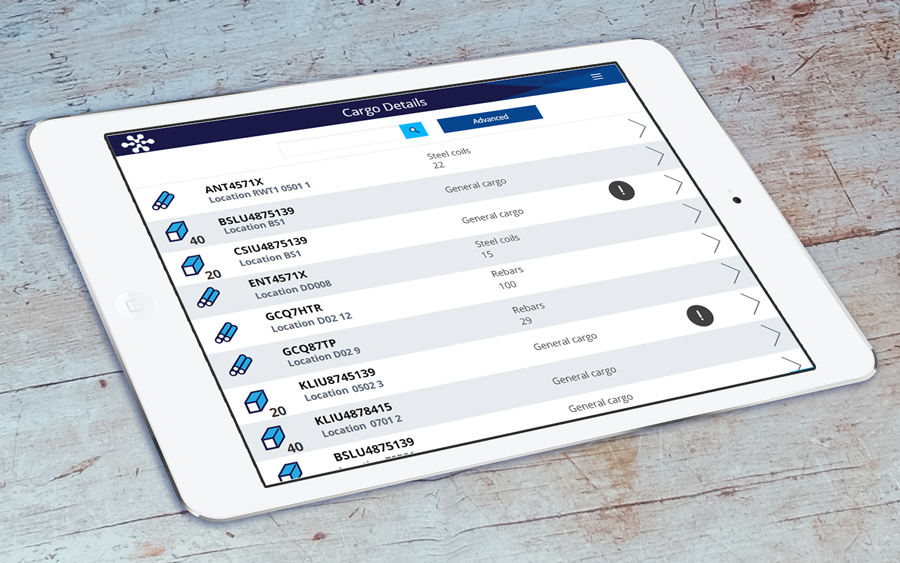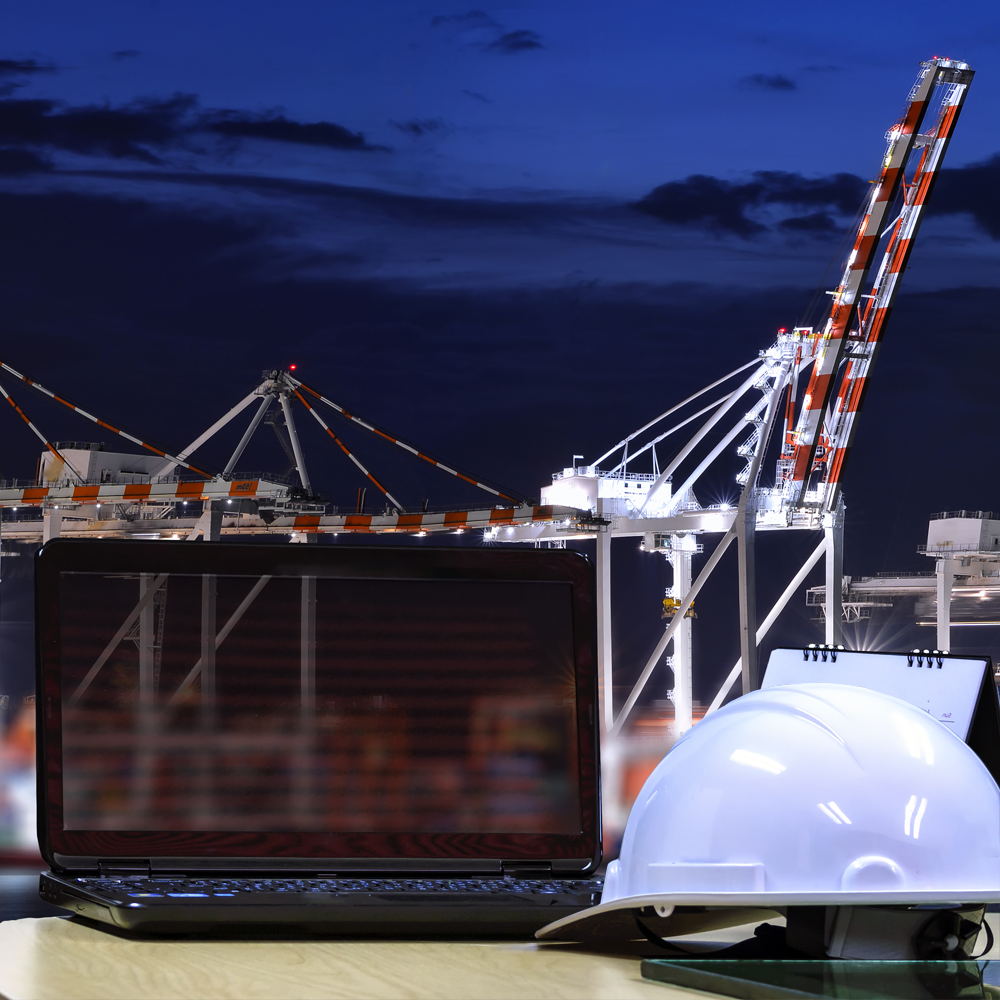Introducing innovations like mobile apps to port operations is one way to achieve productivity gains, improve operational decision-making and maximize revenue opportunities.
Optimism is rising across ports around the globe, on the back of growth in trade and increasing freight rates. For ports it is time to look at ways to apply innovation that will capitalize on this positive growth.
According to a recent article in Port Strategy, world trade is expected to increase from 2.2% growth in 2016 to 3.8% in 2017, with a similar level of expansion forecast for 2018. The article also cited growth in freight rates for Maersk in Asia as a positive reflection of that growth translating into more freight movement.
Port leaders around the world will be looking at how they can position their port to benefit from this growth. Introducing innovations like mobile apps to port operations is one way to achieve productivity gains, improve operational decision-making and maximize revenue opportunities.
While many industries have been aggressively adopting modern mobile apps based on commodity-priced hardware, the port sector has been more cautious. According to port consultant Thomas Vitsounis, writing in Port Strategy:
“In general terms, the use of apps will change the industry and everyone knows that. When it comes to ports themselves, things have so far moved slowly – but there has been a remarkable change… in the past year, it is tremendous how quickly this industry has shifted. Ports are now thinking in these terms. There is some distance to go but it is absolutely essential to move in that direction.”
There are some exciting opportunities to leverage this in your port by applying mobile technology in areas like cargo management, yard logistics, reefer management or rail service integration.
Some risks also exist though: in terms of choosing the best mobile app technology, the right support partner and successfully integrating a mobile approach into your existing IT systems, especially your TOS.
Jade Logistics have prepared a white paper “There’s an app for that” looking at the issues around mobility in ports, and what to consider when building your business case.
Also read the press release about Mexican based Grupo CICE testing and implementing the Master Terminal suite of handheld apps.







